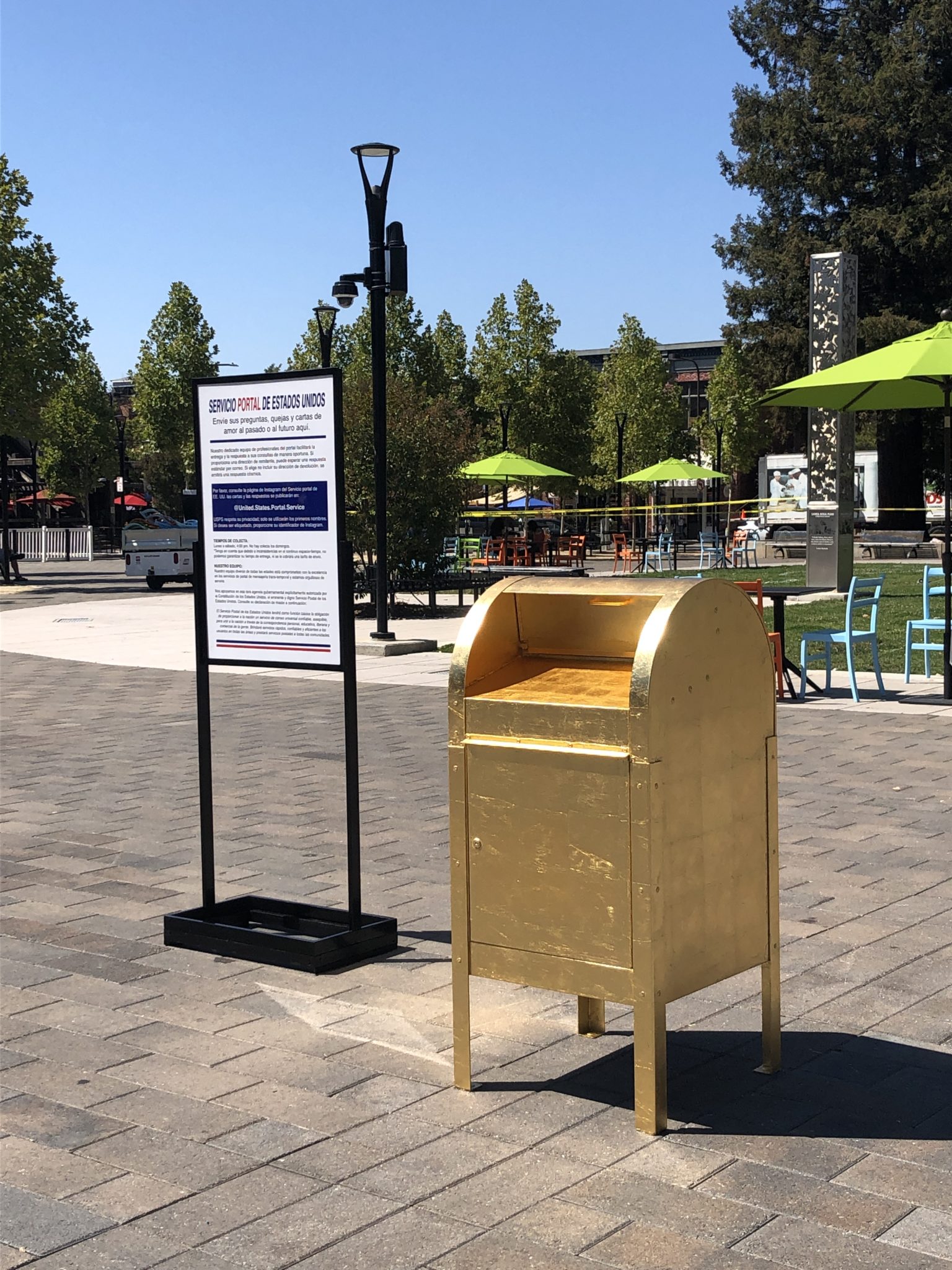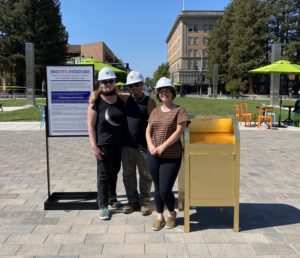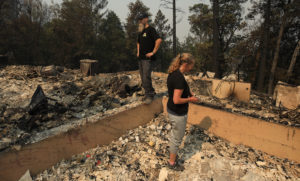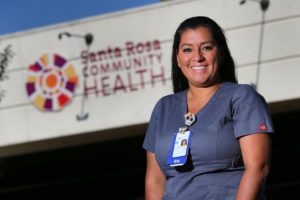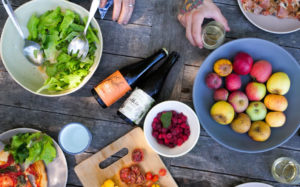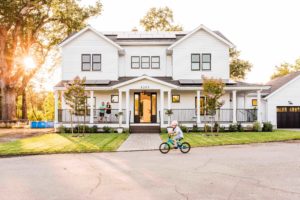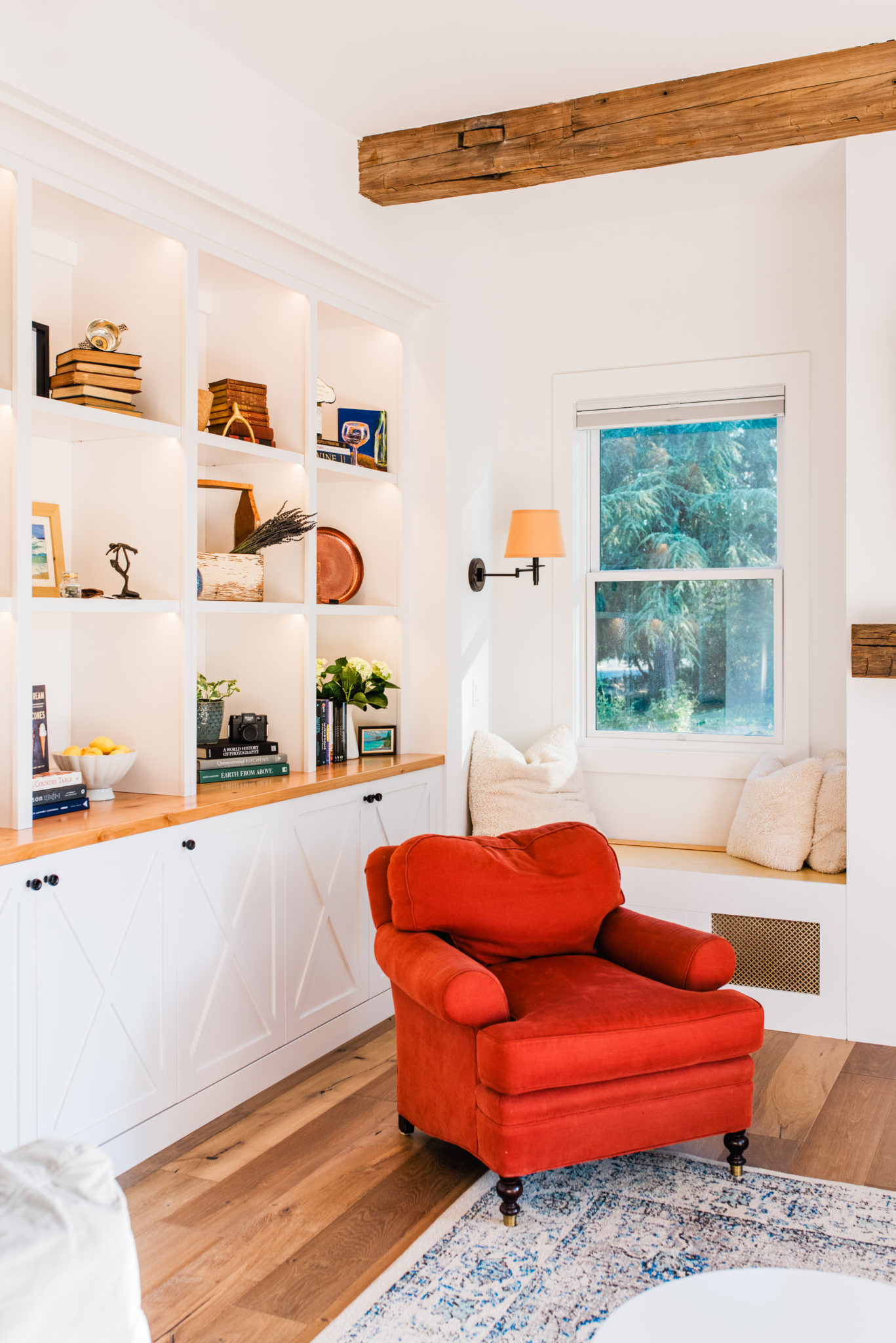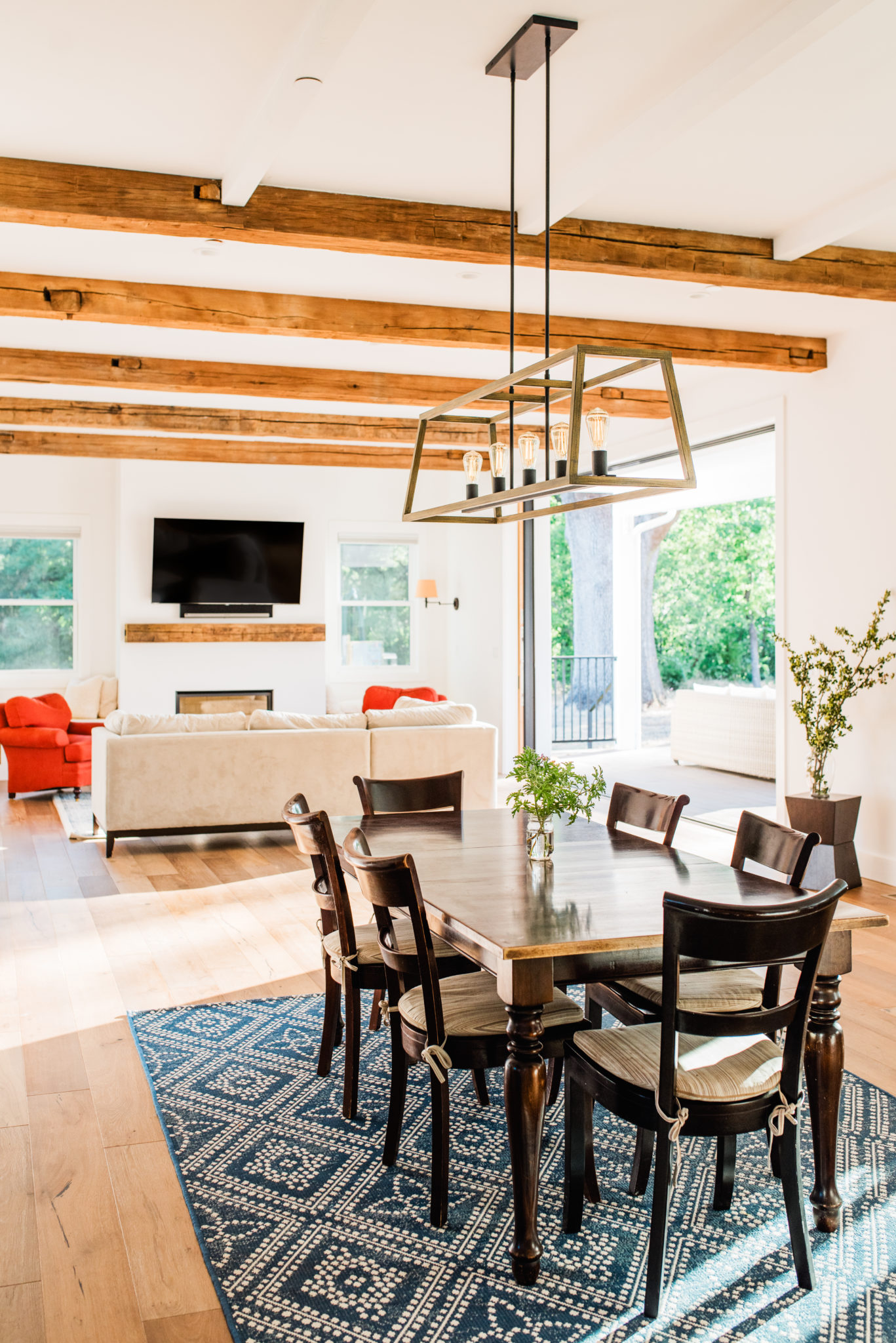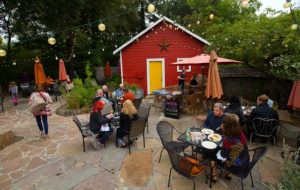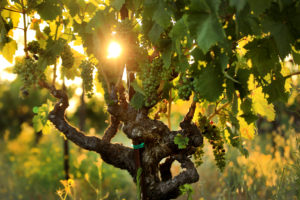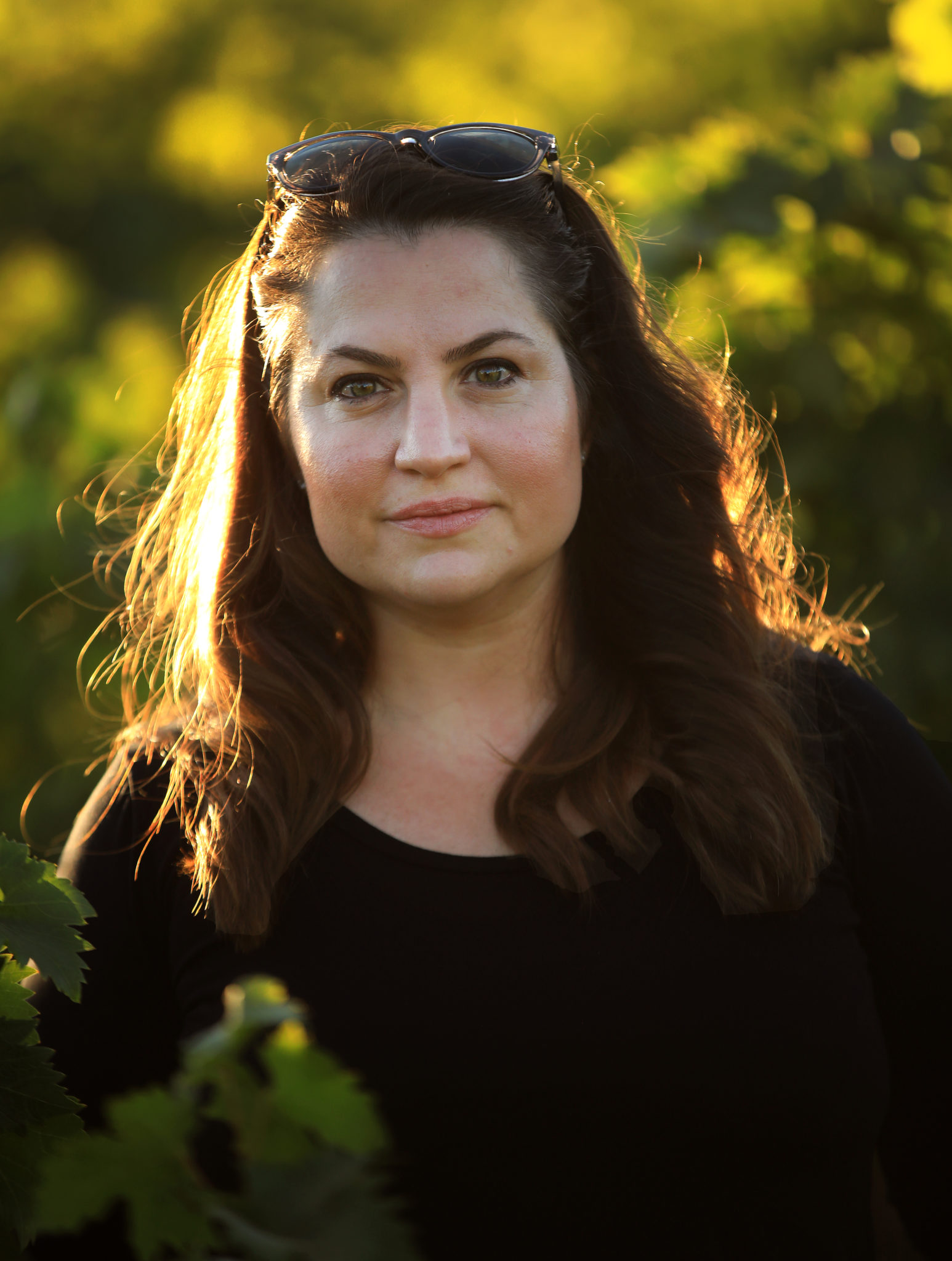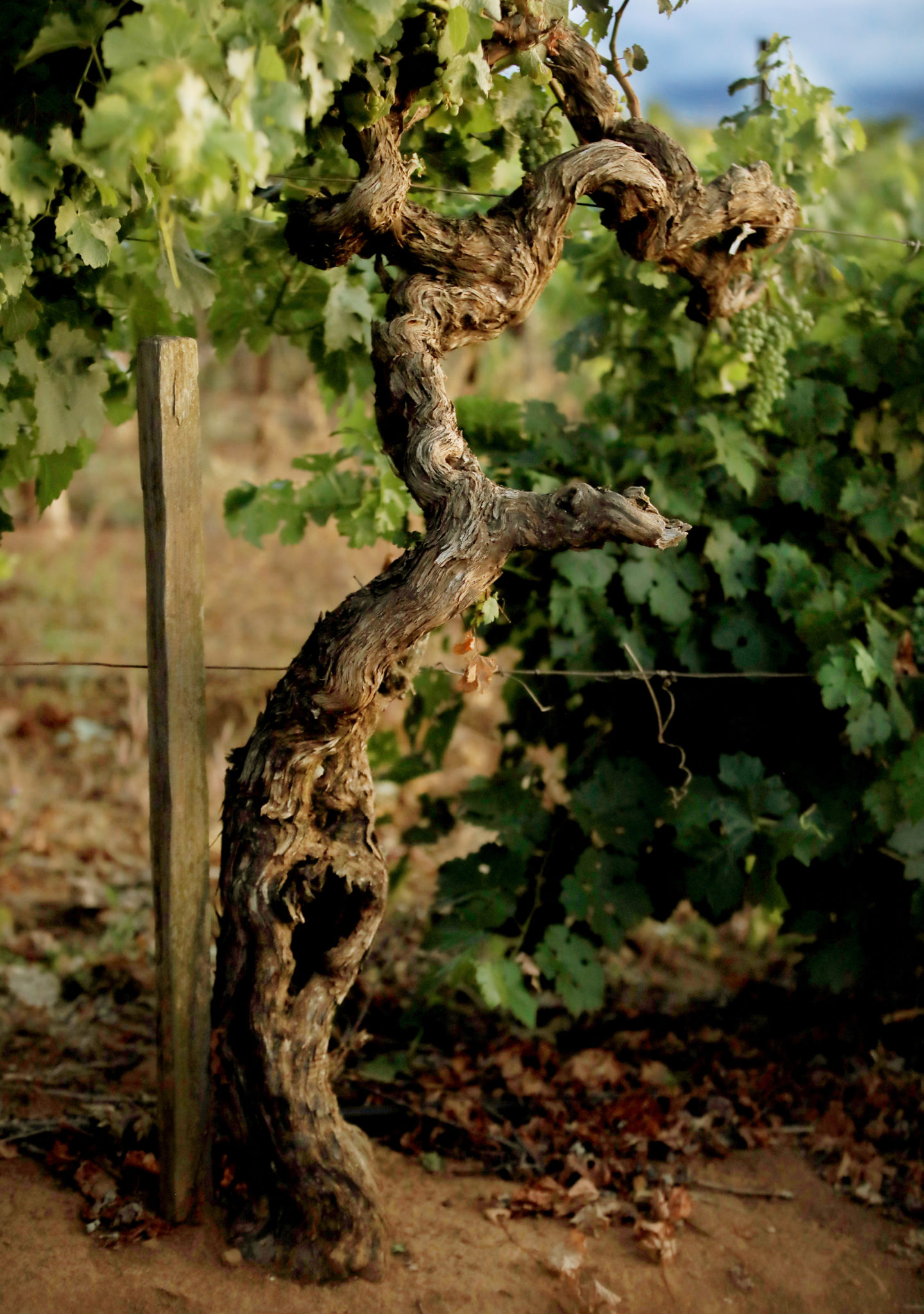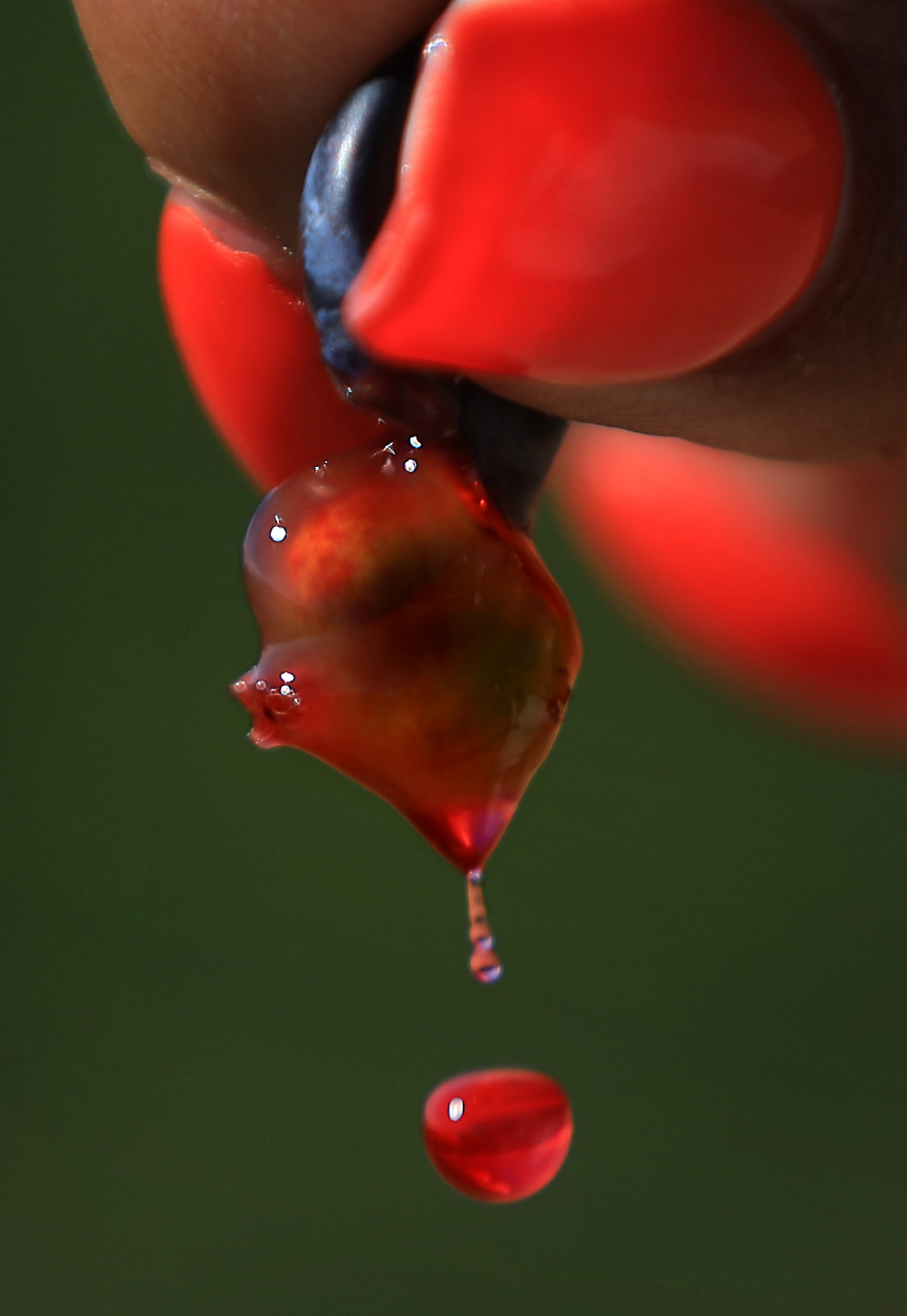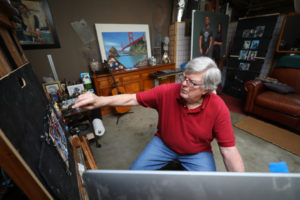How will Thanksgiving play out this year? Whether it’s turkey for one or for your social bubble friends and family, there’s no denying that local restaurants are doing it up right for the holidays. Give yourself a break and order from one of these best-bet restaurants. There are even a few dine-in (which means dine outside) options if you’re feeling hardy.
Most require ordering ahead, and this year, you can assume plenty of people will make reservations early. Most of these restaurants require orders by Nov. 20, though some allow a bit later.
Santa Rosa
Spinster Sisters: A la carte menu includes appetizers (smoked trout dip, pickled shrimp and celery, chicken liver mousse, salad) and heat-and-serve smoked turkey breast, wild mushroom stuffing, squash and root vegetable gratin, cream of celeriac soup, mashed potatoes, gravy, harissa-roasted Brussels sprouts, baked green beans with crispy shallots, rolls, cranberry citrus chutney, pumpkin or pecan pie, apple crisp and dark chocolate budino with caramel and whipped cream. Order at thespinstersisters.com or at 707-528-7100. 401 S A St.
Stark’s: Two options, pickup or takeout. To-go dinner for two includes creamy tomato soup, arugula and endive salad, roasted turkey, herb-crusted prime rib, brioche bread pudding, roasted carrots, whipped potatoes, caramelized Brussels sprouts and gravy, $78. Add bread with garlic dill butter, pumpkin cream cheese pie or spiced apple cake. Order by Nov. 23. Or dine at the Thanksgiving backyard pop-up, all you can eat, $49 per person, three courses. Continuous service of prime rib and turkey, appetizers and dessert. 521 Adams St. Reservations required, starkrestaurants.com.
John Ash & Co.: Pickup-only menu includes endive salad with blue cheese, orange-glazed rainbow carrots, whipped potatoes, giblet dressing, herb-brined turkey and gravy, cranberry sauce, Parker House rolls and pumpkin pie. Call 707-527-7687 to order. 4330 Barnes Road.
Healdsburg
Mateo’s Cocina Latina: Patio dining or takeout with several a la carte options. Dungeness crab salad, turkey pot pie, baked delicata squash with pomegranate and pumpkin spice queso Napolitano. Reservations at 707-433-1520 or exploretock.com/mateoscocinalatina. Orders must be received by Nov. 23. 214 Healdsburg Ave.
Barndiva: Ready to cook meal includes butternut squash soup with honey-poached cranberries and toasted pumpkin seeds, pasture raised organic turkey with lemon herbed turkey gravy, classic bread stuffing, cranberry jam, apple cider braised greens, pumpkin pie with chantilly cream, parsnip poundcake with pomegranate glaze. Details at barndiva.com.
Kenwood
Tips Roadside: Smoked turkey or prime rib, gravy, smashed Yukon potatoes, herbed stuffing, orange-cranberry compote, kale and sweet potatoes, biscuits with apple butter and caramel apple, pecan or pumpkin pie. Serves 4, $130, tipsroadside.com to order. Orders must be received by Nov. 23. Delivery within 7 miles, 8445 Sonoma Hwy.
Petaluma
Seared: All-inclusive dinner to go of spinach salad, creme fraiche mashed potatoes, cornbread and chorizo stuffing, roasted carrots, green bean casserole, black pepper-crusted turkey, Parker House rolls and pumpkin cheesecake. Order online at petalumaseared.com. 170 Petaluma Blvd. N.
Brass Spatula Catering: Choice of heat-and-eat roasted turkey breast with gravy or orange-glazed ham, plus traditional stuffing or sausage and cranberry stuffing, mashed potatoes, green beans and mushrooms, Brussels sprouts with fig glaze, corn and Cheddar pudding and a mini pumpkin or caramel apple pie. Dinner for two to eight people, 707-569-4468.
Rohnert Park
Sally Tomatoes: Pickup or delivery meals include roasted turkey with roasted shallot and sherry gravy, cornbread stuffing, Brussels sprouts, sweet potato casserole, cranberry chutney and pumpkin cheesecake. Order by Nov. 20, $17.50 per person, four-person minimum. Call 707-665-9472 to order. 1100 Valley House Drive.
Sebastopol
Pascaline: A la carte items include everything but the turkey (including some turkey alternatives): garnet yam and cranberry salad, beet salad, pear and Gorgonzola salad, potato and leek soup, Parker House rolls, buttermilk biscuits, potato gratin, chestnut stuffing, cranberry sauce, salmon en croute, braised shortribs, chicken fricassee, bourbon pecan tart. “Morning after” breakfast includes a dozen mini breakfast pastries. Order at pascaline-preorder.com, 4522 Gravenstein Hwy.
Fork Roadhouse: Open on Thanksgiving. Bubbles, brews and beats with DJ Bear and plenty of tasty goodness from 10 a.m. to 2 p.m. Reservations required, 707-634-7575. 9890 Bodega Hwy.
West County & Coast
Dinucci’s: Full menu includes antipasti plate, minestrone soup, green salad or Waldorf salad, pasta with bolognese and roasted turkey with stuffing, mashed potatoes, gravy, candied yams and cranberry sauce. Dine in or takeout. Call (707) 876-3260 to order.
Need to bring a dish? Here are two options:
Tilted Platter: Instagram-worthy platters of cheese, charcuterie, nuts, fruits, veggies and crackers, for delivery. Sommelier Kerri Cook will make your plate special. Visit thetiltedplatter.com or call 707-292-4636.
Zoftig Eatery: French apple, pumpkin or coconut cream pies. Order by Nov. 20. zoftigeatery.com. 57 Montgomery Drive, Santa Rosa.
Glen Ellen & Sonoma
by Kathleen Hill
Layla at MacArthur Place: A dine-in (outdoors) meal offers first course choices of Brussels sprouts Caesar salad, butternut squash soup, or a spinach and walnut salad. Main course choices include roasted turkey breast and leg with croissant stuffing, sweet potato, Pacific Sea bass; housemade radiator with Butternut squash, vadouvan curry and pepitas; or an 8-ounce Creekstone prime filet mignon ($15 extra) with whipped potato, broccolini and steak sauce. Desserts bring pumpkin pie, apple galette or budno with biscotti. $85 adults, $35 children. Add black truffles to any dish $35, wine pairings $45. Reserve at 933-3198. macarthurplace.com.
Delicious Dish: Lauren’s Cotner’s Delicious Dish offers a takeout Thanksgiving dinner including roast turkey breast with green onion cream gravy, mashed potatoes, apple and sage sausage stuffing, sweet potatoes, pear cranberry sauce, and a red leaf lettuce with red endive salad with persimmons and pomegranate. Green bean casserole with mushrooms and French fried onion strings, Brioche dinner rolls, extra cranberry sauce and gravy, and dessert are all extra. Order by Nov. 20. $120 for two with leftovers or for four. Order: 721-4231 or deliciousdishsf.com.
El Dorado Kitchen: A three course prix fixe dine-in (outdoors) on the patio includes a gulf prawn cocktail, Caesar salad, pumpkin soup, fork belly al pastor, a crab cake and ceviche with avocado mousse. Main course choices include turkey with potato and purée, Brussels sprouts; potato gnocchi with Maine lobster; roasted eggplant with farro, zucchini and beans, shaved coconut radishes, and kale; salmon with bacon lardons and sunchoke purée, or a short rib with carrot ginger purée, plus desserts. $65. Reserve at 996-3030.
The first course of EDK’s Thanksgiving takeout dinner will be mixed greens with apples, beets, Cotija cheese, pickled red onions, pepitas, and sherry vinaigrette. For the second course you have a choice of roosted free-range turkey with potato purée, brioche stuffing, Brussels sprouts, sage gravy, and cranberry compote or salmon with all of the same sides. And finally apple cranberry crumble, oat streusel, and vanilla ice cream. EDK staff has not decided whether to serve onsite as of press time. $65. Order to-go at 996-3030. 405 First St. W., Sonoma.
Depot Hotel: Gia Ghilarducci will provide Thanksgiving dinner to enjoy on her patio around the pool or for takeout. First course is a butternut squash bisque, a harvest salad with local lettuces, apples, Marcona almonds and Point Reyes Blue Cheese. Entrée choices include Mary’s Free range turkey with sage stuffing, mashed potatoes, green peas, turkey gravy and cranberry-orange relish; poached filet of salmon, with a savory wild mushroom tarte; spinach and ricotta ravioli, or Berkshire pork chops with sweet potatoes, leeks, and braised cabbage. Dessert offers Scandia cheesecake, pumpkin pie or a chocolate torte with Valrhona ganache, vegetarian soup available. $60 adults for four courses, $25 children 5 to 12 years. Seatings every half hour, noon to 7 p.m. Reservations at 938-2980. For takeout call before Saturday, Nov. 21 to order and get your pick up time.
Girl & the Fig: These dinners come in a box to be heated at home and include roasted turkey breast with turkey confit, cornbread pudding, fall squash, mashed potatoes, braised greens, mashed yams with candied walnuts, and a kale and Brussels sprouts Caesar salad. Or cedar plank salmon with roasted carrots, braised greens, mashed yams, and the salad. Or wild mushroom and sunchoke ragout (vegetarian and vegan), roasted carrots, fall squash, braised greens, mashed yams, and the salad. Desserts and more of sides cost extra. Dinners $100 to $120. Serves two with leftovers or four people. Order by Nov. 22. Pick up at Girl & the Fig or Fig Café in Glen Ellen. Order at https://2020figthanksgiving.square.site/. 933-3000.
Glen Ellen Star: Ari Weisswasser is preparing Thanksgiving dinners for pick up for a minimum of eight people per order. On the menu: chicory salad with honey crisp apple, pecans and Roquefort dressing; spatchcocked whole Willy Bird turkey and gravy; buttermilk mashed potatoes, sourdough mushroom stuffing, cranberry-orange sauce, caramelized Brussels sprouts with brown sugar bacon marmalade, all followed by pumpkin pie with housemade vanilla maple Bourbon ice cream. $55 per person. Pre-order between 4:30 to 8:30 p.m. until sold out. Order at glenellenstar.com.
Suncraft Fine Foods: Sunshine Radtke and her Suncraft Foods will deliver your Thanksgiving dinner with a wide range of choices, listed a la carte but at reasonable prices. Entrées include herb roasted turkey breast or breast and leg quarter combo, or a vegetarian stuffed acorn squash. Appetizer selections range from artisan cheese, charcuterie and fruit plats, stuffed crmini mushrooms, cranberry brie bites, Parmesan spinach dip bites, or caramelized onion and brie swirls.
Sides, which come in varied sizes, include mashed potatoes with turkey or vegetarian mushroom gravy, organic green beans with mixed mushrooms and crispy onions, organic baked yams and apples, savory bread stuffing with mushrooms, creamy baked mac ‘n’ cheese, or organic whole berry cranberry sauce with orange zest.
Desserts tempt with organic spiced rum pumpkin pie, apple galette, and a cran-raspbery cream cheese galette. Prices vary by item number to be served. For prices go to sunshinefinefoods.com or email feast@sunshinefinefoods.com or text 343-6016 by Thursday, Nov. 19 for delivery on Wednesday, Nov. 25.
Wit & Wisdom: The new Michael Mina outpost at the Lodge at Sonoma introduces a three-course dine-in (outside) Thanksgiving dinner. First course choices include their fabulous King crab an endive Caesar, Cioppino, marinated baby beets or sweet potato agnolotti. The second course offers heritage turkey breast with parsnip purée, cornbread stuffing and turkey drippings gravy, Wagyu beef New York strip with mashed potatoes and creamed spinach, King salmon with farro and wild mushrooms, or lobster pot pie. Sides can include Brussels sprouts, green bean casserole or pomme. Desert brings a chocolate bar, a pumpkin hand pie, or oatmeal cookie Sundae. $75.
Wit & Wisdom has added a take-and-bake turkey dinner with brined turkey with sides to reheat including mashed potatoes and gravy, stuffing, green bean casserole, cranberry sauce, soup, and dessert. Serves four to six people. $225. Order a info@witandwisdomsonoma.com. Pick up Wednesday, Nov. 25 from noon to 4 p.m. or Thursday, Nov. 26 from 9 to 11 a.m.
